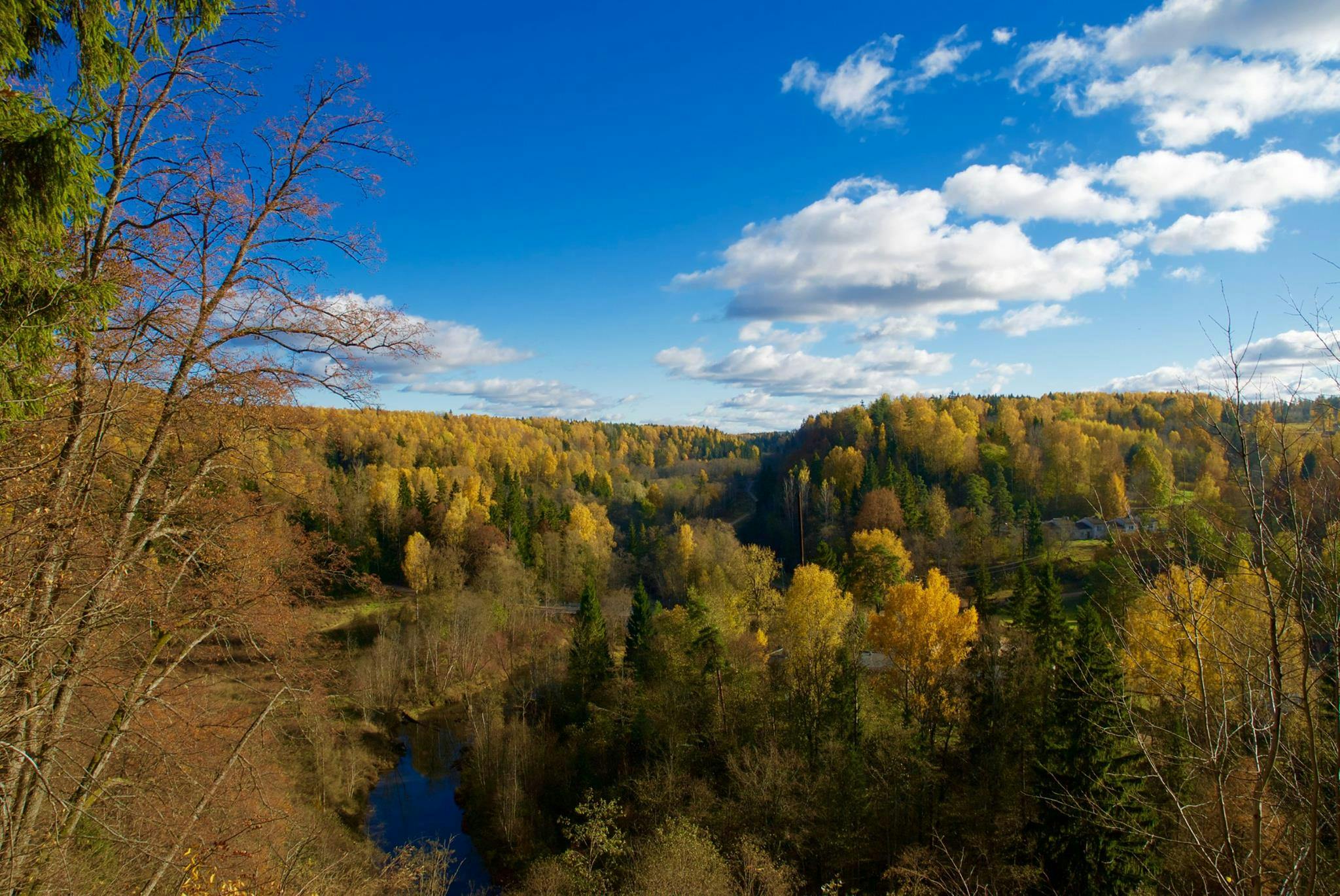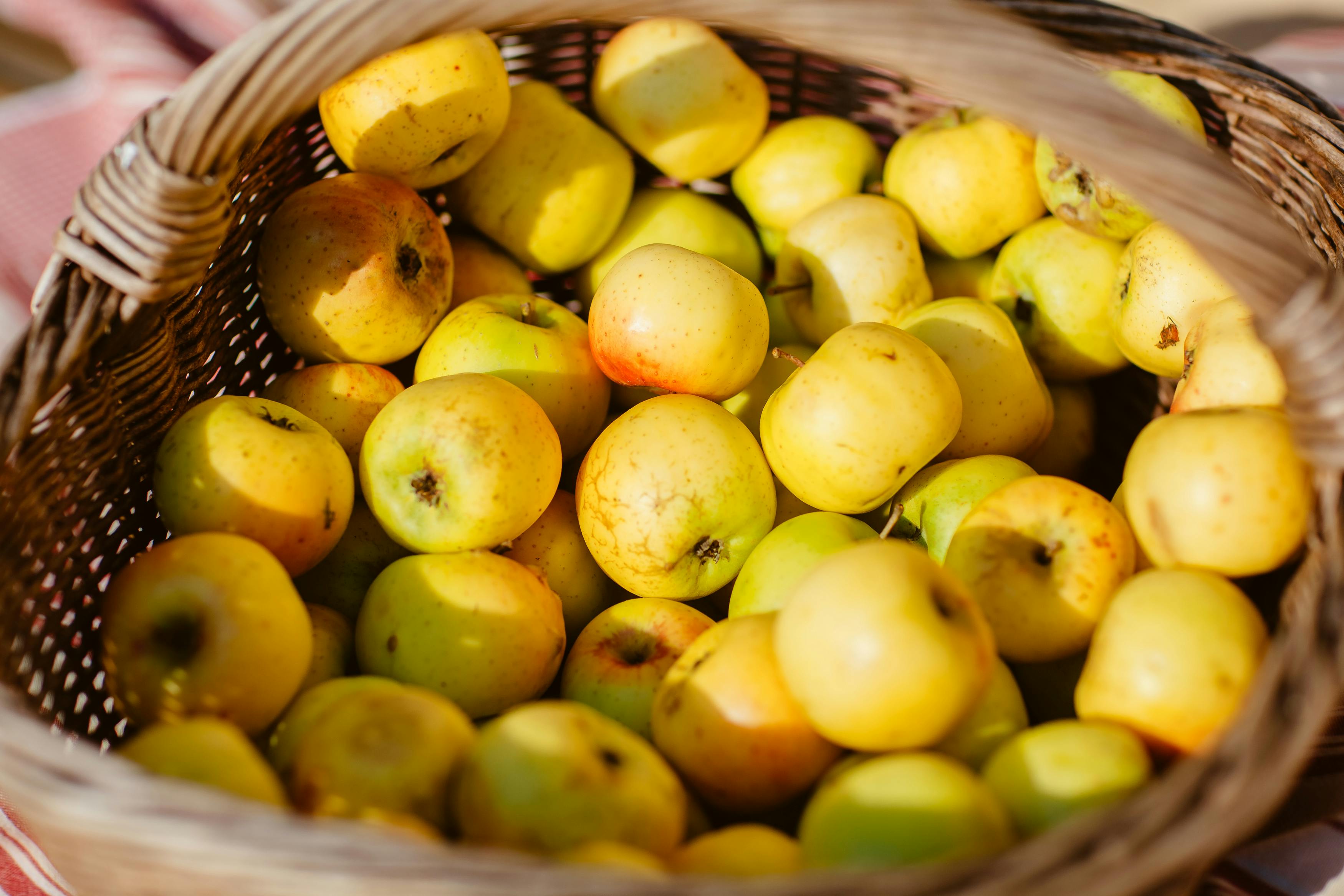History

An important aspect of Karlamuiza (in German: Karlsruhe) is its history. The manor was founded in the middle of the 18th century. Its history is connected with people from different European countries - Germany, Great Britain, Sweden, Russia and Latvia.
Interesting events that took place in this area shaped the history of this property.
The first historical event was the creation of the manor house and the manor landscape park in the 18th century.
According to written sources, in the 17th century there were farmhouses in the place where the manor centre was established - Latsche (Bears) and Jaunlatsch (New Bears) or Aschekalln (Ash Hill). After the Great Northern War they were no longer inhabited and the Wolf family built a half-manor called Wolfsruhe in their place. Leonhard von Strick, a Baltic German historian in 1757 confirmed its existence.

In 1777 the manor was bought by Karl Eberhard von Sievers and the name was changed to Karlsruhe (Latvian: Karlamuiza).
On the initiative of Karl's brother, Peter Christian von Sievers, they laid out paths, walking trails and romantic resting places to create a charming landscape park. The beautiful surroundings with their striking topography, sandstone cliffs on the banks of the river, wooded hills and flower-rich lowlands formed a striking backdrop to the layout of the estate buildings, while at the same time highlighting the special circumstances. The owner's desire and ability to combine practical needs with aesthetic pleasure has enabled Karlamuiza to become a thoughtful, beautiful and tasteful set of buildings, skilfully integrated into the natural landscape. It was a source of joy not only for its inhabitants, but also for travellers and tourists from near and far. The landscape park, created at the end of the 18th century, was a testimony to the best taste and appreciation of beauty of the time. The magnificent surroundings with the splendid banks of the Amata River became a popular attraction for travellers in the late 18th and 19th centuries. In 1796, Wilhelm Friedrich von Ungern - Sternberg, the governor of Vidzeme, proposed building a comfortable house where the many travellers could stay and buy food. Karl Eberhard von Sievers, the former owner of the manor and court advisor, also considered the possibility of building a hotel.
The basic idea of English gardens, landscape parks and woodlands was to avoid distorting nature. Walking paths and paths along the river, through woods or through ravines were to run naturally, as if they had been walked for hundreds of years. Fallen trees were to remain and be covered with moss. If any clean-up work was carried out, it had to preserve the untouched nature of the area. Scenic viewpoints and romantic resting places were allowed. The landscape park had to reflect the diversity and uniqueness of nature. On the banks of the Amata River near Karlamuiza, nature had created a unique opportunity for such a landscape park or forest park to exist. It had and still has everything: impressive sandstone and dolomite cliffs, breathtaking landscapes and bubbling rivers, a diverse chorus of birds and primeval ravines. The surroundings were so in keeping with the Enlightenment idea of a park or garden that the owners of Karlamuiza had to make little effort to create walking paths, trails and romantic resting places to make the place unforgettable for the many guests and travellers to the manor. The late 18th century the landscape park of Karlamuiza was an outstanding example of the best taste and appreciation of beauty of its time.

Another important historical event is the construction of a great architectural jewel
In 1795 Karl Eberhard von Sievers sold Karlamuiza to Angela Maria Pearson (née Trompowska). Angela von Trompowska's husband was James Pearson from Balmadis. The wealthy Scottish merchant was born in 1741 in Montrose, Scotland, to Robert Pearson of Balmadis (1701-1763), a lawyer, and Anne Fraser. His commercial interests brought him to Livonia (Latvia). In Riga, James Pearson, together with the wealthiest local merchants, set up several trading companies and exported a variety of goods (including timber, beer, wax and hemp), mainly to Great Britain for its burgeoning industry, especially shipbuilding. Business was booming and after twenty years of marriage the couple decided to move from the Great Britain to Livland and buy several properties in the Wenden (Cēsis) area.
In the last years of his life he decided to reorganise Karlamuiza and make changes to the beautiful landscape, which reminded him of his Scottish childhood. James Pearson began by building a new, presentable manor house in a style atypical of local architecture. He redesigned not only the main building, but also removed the square courtyard, which had been considered old-fashioned. He built a new stable yard and stables at a considerable distance from the dwelling house, and extended the park closer to the estate with magnificent plants, paths and avenues. German craftsmen were hired for this work, as evidenced by the records of the Āraiši church. Heinz Pirang described the Baroque brick building as an important 'maison de plaisance' or country house in the Franco-Dutch style. James Pearson died in Karlamuiza on July 16, 1804 at the age of 63 .


In 1819, the manor was bought by a Russian colonel, Count Joseph von Koskul. He extended the central part of the manor with new buildings - stables, cattle barn, inn, gardener's house, watermill and housing for the families of the manor workers. Today, the Karlamuiza Country Hotel is located in the former apartments of the gardener families, built in the mid-19th century. Each family had a bedroom, a kitchen and a small cellar - a pantry. Every family apartment was equipped with a room, a tiny pantry and a kitchen, its own entrance, stove, and chimney. The same entrances and chimneys have been preserved and restored today.
His only daughter Elisabeth married Count Emanuel von Sievers, grandson of Karl Eberhard von Sievers, and after the death of Josef von Koskula in 1863, Karlamuiza again became the property of the Sievers family.
The third important historical event is the establishment of the first horticultural schools and one of the largest horticultural farms in the Baltics
In 1871, the first gardening school in the Baltics was established in a converted inn building and the institution was granted the status of a two-year horticultural school (In 1890); its graduates were qualified horticulturists. The school was subsidised by the state. In the 1890s, the Latvian painter R. Perle (1875-1917) trained as a gardener.
Fruit trees, berry bushes, park avenue trees, ornamental shrubs, roses, etc. were grown for export. On an area of 60 hectares, around 30 000 marketable plants were produced every year and a catalogue was published each August to advertise the produce. The nursery was one of the largest in the Baltics and offered a very wide range of products.


Damages in the 20th century
The first damage to the central building of Karla Manor was caused during the 1905 Revolution, when the beautiful manor house was burnt down. Thanks to the contribution of the owners, the building was restored. Karlamuiza suffered even more damage after the First World War; in June 1919, during the Latvian War of Independence, the manor house was reduced to ruins for the second time. It was never rebuilt.
During the Soviet period, the 'Red Flag' collective farm was established on the basis of the Karlamuiza horticultural and pomological garden, during which the chokeberry and apple orchards were preserved and extended. After the collapse of the Soviet Union, none of the former structures of the manor farm existed and only the Karli fish farm, which was located in the old manor mill, continued its economic activities. The fish farm supplied the area back then and still does today and continues to release a lot of trout juveniles into nearby rivers, so the trout will never be out.

Finally, the Restoration
Believing in the future of Karlamuiza and in the research and preservation of its cultural heritage, the Stepins family purchased several manor buildings, renovated them and in 2006 established the Karlamuiza Country Hotel. The old landscape park was renovated and improved with new walking paths and viewpoints and old apple trees were maintained and enhanced. Guests are still delighted by impressive sandstone and dolomite cliffs, bushes and trees unusual in Latvian nature, fascinating landscapes of the River Amata valley and primeval ravines. The uniqueness of nature, the flowering apple orchards and the admiration and growing interest of visitors from near and far continue the flourishing of Karlamuiza and its surroundings, which dates back to the 18th century.

History of the manor in writing:
- Pārsla Pētersone, Jānis Stepiņš. ‘’KĀRĻU MUIŽA. Eras and Fates’’ The history of the Kārļu muiža (in Latvian)
- Taimiņa, Aija. Voyage Pittoresque. Jeb gleznains ceļojums uz Kārļiem pie Amatas. Iespiedgrafika. #3 (271/2004).
- Lancmanis, Imants. My Home is my Castle. Mistera Pīrsona celtais nams pie Amatas. Māksla Plus. Kultūras žurnāls. 2007. 4.
- Gailītis, Paulis. Kārļu vecais pomoloģiskais dārzs. Dārzkopības un Biškopības Žurnāls, 1940, Nr. 5, 226. lpp.
Latvijas Radio: Latvijas pērles. Kārļamuiža – a building with Scottish accents, the first pomological school. Zane Lāce 2. oktobris 2016, 9:30.